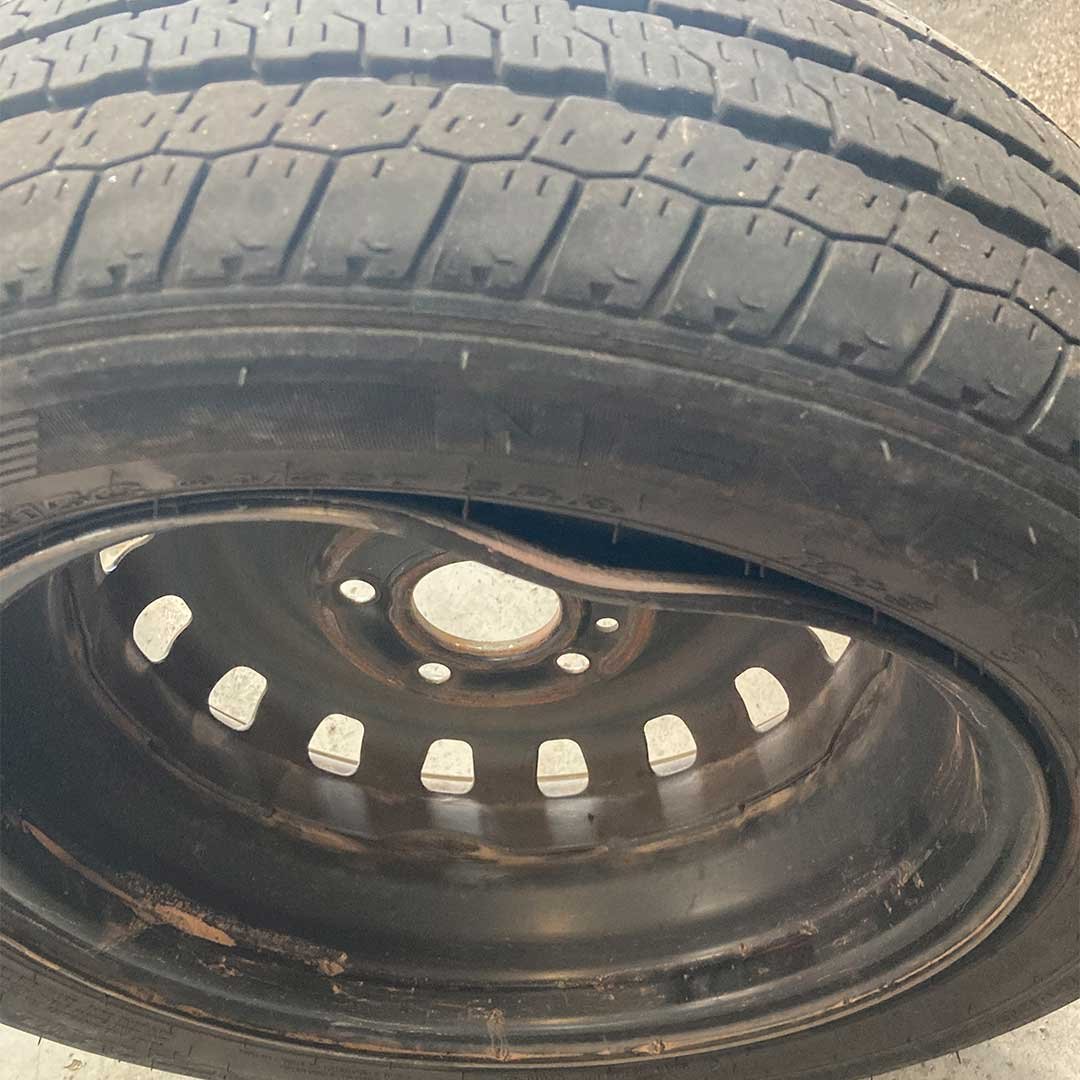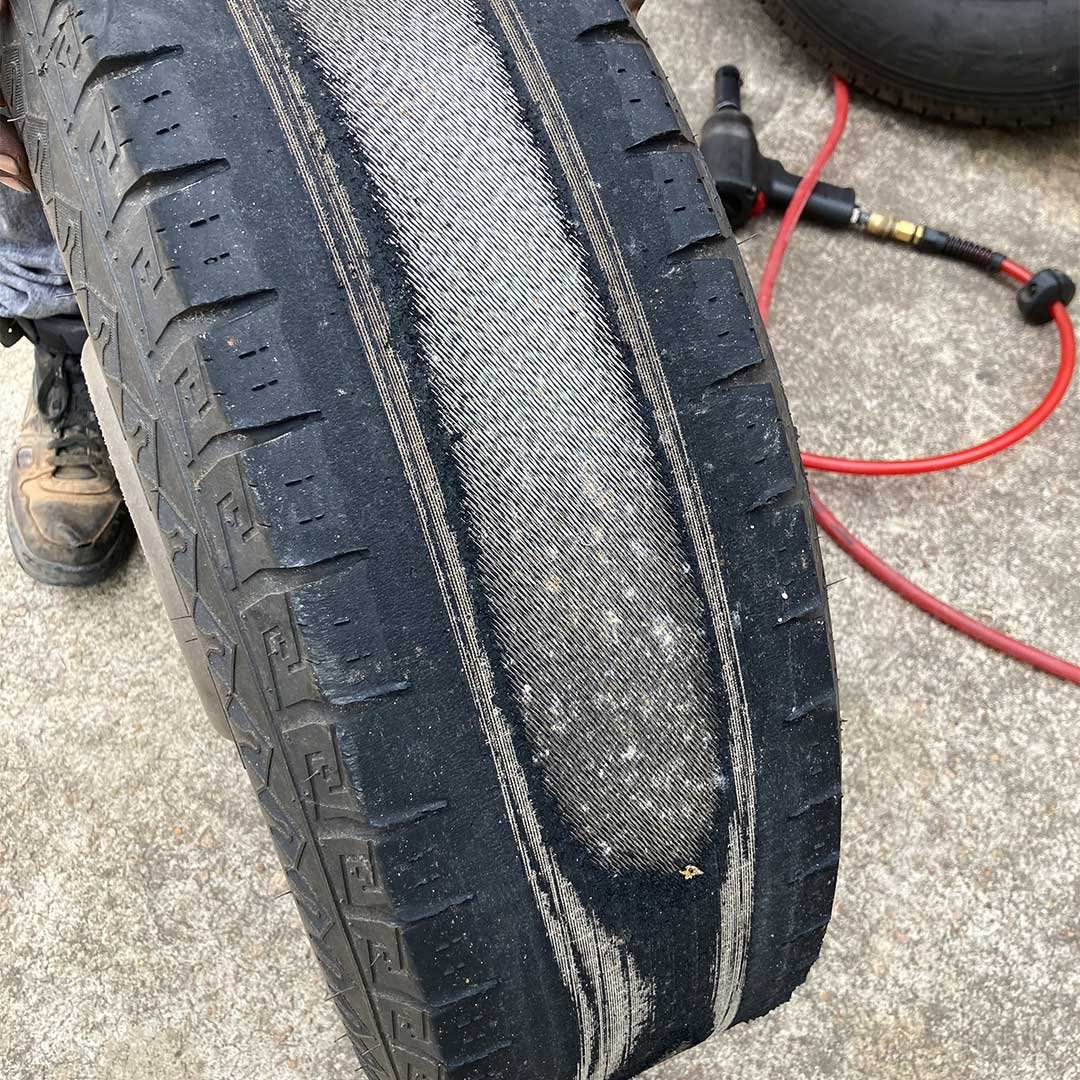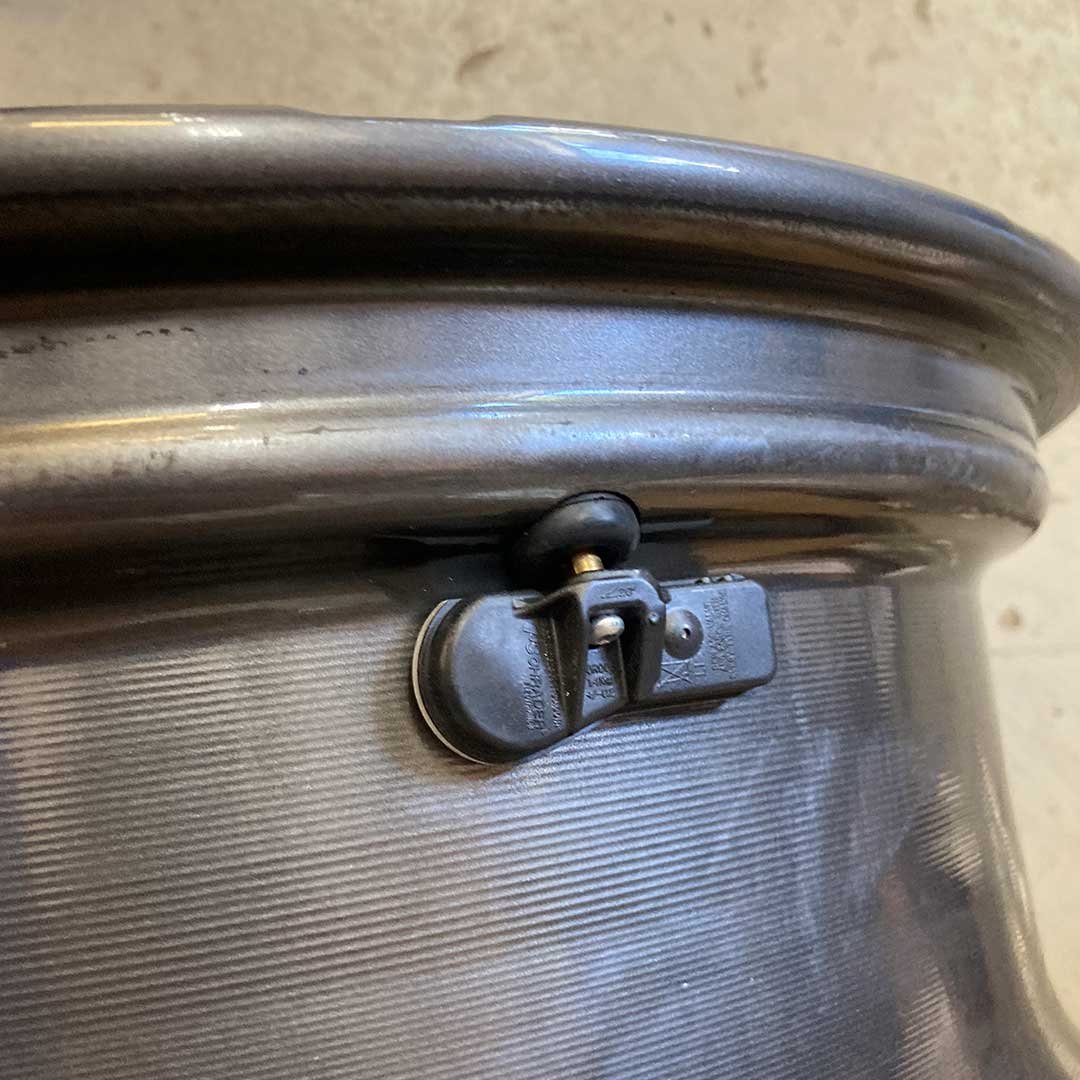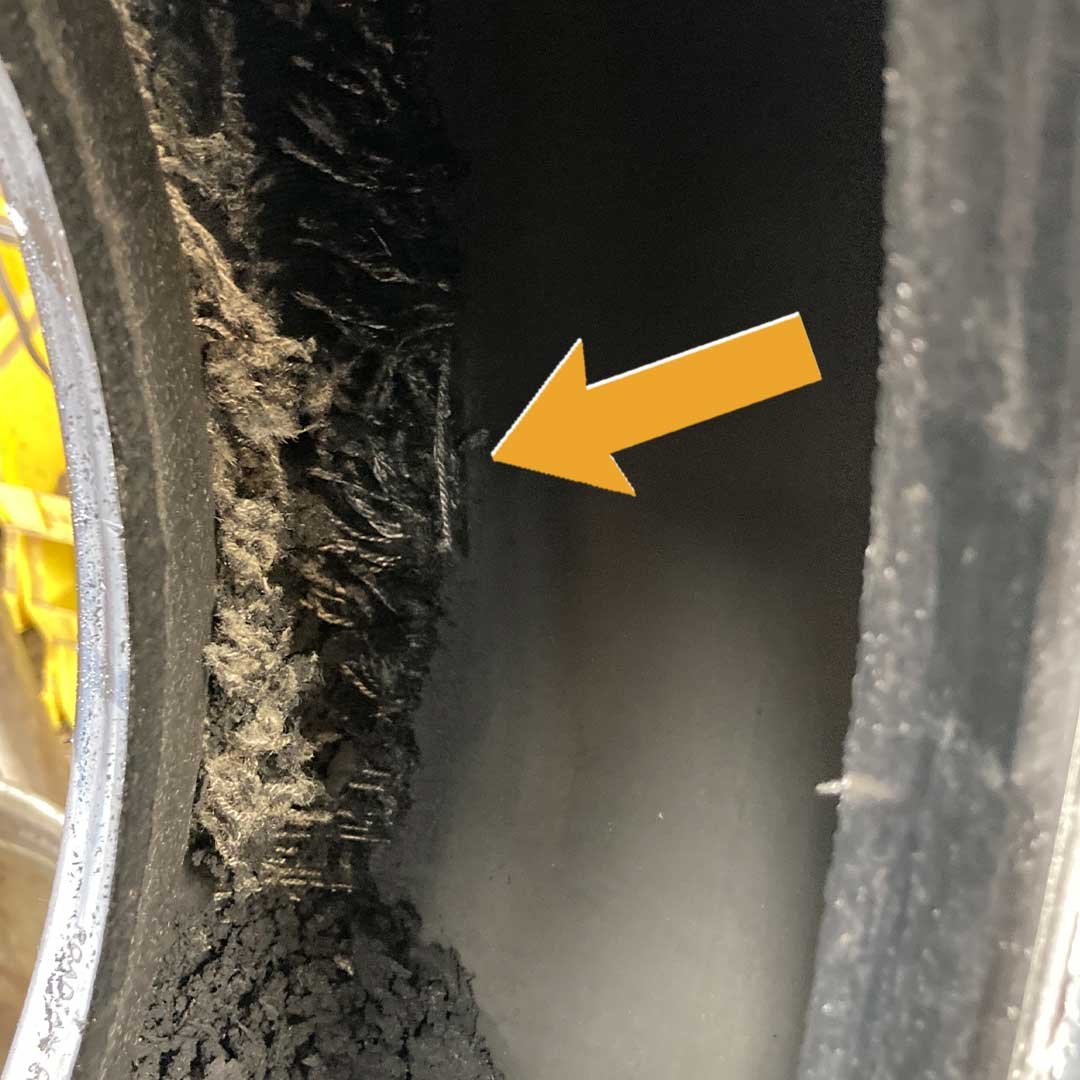How to put air in Tires (the RIGHT way)
Finding that you have a flat tire is not a good feeling, especially, when you are in a hurry.
Even an under-inflated tire can be dangerous.
In this article, we'll look at full tire maintenance on a modern vehicle and answer questions like:
How do I put air in tires?
What is the recommended tire pressure for my car?
Can under-inflated tires cause bad fuel efficiency?
After I fill my car's tires with the correct PSI (pounds per square inch), how do I reset my tire light or tire pressure monitor?
Here is a list of tools you will need to put air in your tires:
Air Compressor
Air Chuck (what puts air in the tire)
Air Hose
Tire Pressure Gauge
Extra: Rag or Paper Towel (to wipe off hands)
Tire Pressure Gauge
How To Put Air In Tires
Step 1: Find the tire pressure label
The recommended pressure for your tires is located on a label in the door jamb of the driver's door.
It is always recommended to fill your tires with the correct PSI.
Tire Pressure Label
Step 2: Remove the valve stem cap
Locate the tire's valve stem and remove the cap.
Step 3: Check what Air Pressure is in the tire
Before adding air to the tire, check to see what PSI is in the tire with a tire pressure gauge.
You DO NOT want to over-inflate the tire or put air in the wrong tire.
Be sure to have a proper tire pressure gauge for an accurate reading.
In some cases, after a vehicle has had a tire rotation, the tire sensors are not reprogrammed to their new location. A tire sensor can be located in the left-rear tire position but can indicate that it is in the right-front tire position on the dash.
A tire light on the dash could also mean that the PSI in a tire is too high. When a tire is spinning down a road, it builds heat. The heat makes the air expand and increases PSI.
Be sure to check the PSI of the tire BEFORE filling it with air to make sure you are inflating the correct tire.
Step 4: Add or remove air from the tire to reach the proper PSI
Using an air chuck, add air into an under-inflated tire. Add a small amount at a time and recheck with the tire pressure gauge. Repeat this until the tire is at the correct PSI.
A small pick, screwdriver, or pen can be used to push down the tire valve core to release air if the tire is over-inflated.
Step 5: Screw the valve stem cap back on
Be sure to screw the valve stem cap back onto the valve stem. The cap is used to keep dust and dirt from building up in the valve stem.
Step 6: Reset the tire light or tire pressure monitor
In some cases, the tire light will turn off once all of the tire pressures are correct. You may have to drive the car to have the tire light reset.
Other ways to reset the tire light are:
Press the tire light reset button (Usually in Honda)
This button can be located on the driver-side under the steering wheel.
Put the car in tire calibration mode (Also, usually in Honda)
Newer Honda vehicles have a tire calibration in the settings on the dash. Honda recommends that a tire calibration be performed when the PSI in the tires has changed or when a tire rotation has occurred. This is because some newer Honda vehicles do not have tire pressure sensors in each tire. Instead, the tire pressure monitor system relies on the ABS speed sensors. The ABS speed sensors monitor the rotation of each tire. When a tire is under-inflated, the rotation changes which triggers the tire light.
TPMS Light
Pro Tip:
While putting air in your tires check:
Tire Tread Depth
While down next to your tire, look at how much tread you have left. It may be time for new tires. Also, look for unusual tire wear. Unusual tire wear can be caused by a bad alignment or worn-out suspension parts.
Brake Pads
Look through the spokes of your wheels and check the amount of brake pad you have left for each wheel.
Check the spare tire
While airing up the other tires, it is a good idea to air up the spare tire. This will prevent future headaches when a flat tire occurs.
Worn tire from a bad wheel alignment
The tire light is not going off when all the tires are inflated properly, now what?
If you have the proper tire pressure in each wheel and the tire light is still not going off, then there may be an issue with the tire pressure monitoring system. In most cases, it is just a tire pressure sensor that needs to be replaced.
Three bad tire pressure sensors
Why your tire is losing air
If you hear a hissing sound after you filled up the tire, then there may be a leak. This can be from a nail, screw, or any sharp object that is in the road.
An easy way to find the hole is to spray soapy water on the tire and watch for bubbles.
Nail in tire
How to put air in tires at home
Putting air in your tire at home can be easy if you have all the right tools, but difficult if you don't. It may be best to have a portable air compressor in your car to fill under-inflated tires. Some portable air compressors use the 12 v outlet in your car for power.
Bent Wheel/ Bent Rim
How to put air in tires at a gas station
Your local gas station may have free air on its lot. Gas station air pumps are pretty simple to use. In most cases, there is an "On" button and an air hose. Be sure to have a tire pressure gauge with you just in case the air pump does not have one.
How do you know how much air to put into your tire?
The proper tire inflation pressure for your car is located in the driver's door jamb. A tire gauge (or tire pressure gauge) is needed to read the pressure in a tire.
Over-inflated Tire
Should all 4 tires have the same PSI?
It is not uncommon for a different PSI in the front and rear tires. Always follow the manufacturer's recommended PSI located on the driver's door jamb. In some cases, the car manufacturer will want all the tires to be the same PSI.
Having the correct tire pressure recommended by the manufacturer will result in the best performance and fuel economy.
TPMS - Tire Pressure Sensor
How long can you drive on low pressure?
You DO NOT want to drive for a long distance on severely low tire pressure. A long drive with low tire pressure can damage the inside of the tire. Check out the pictures below of the inside of a tire that was driven on with very low PSI.
The life of your tires depends on proper PSI and alignment.
Regular maintenance on your vehicle includes regular maintenance on your tires. Stop by one of the local auto parts stores and buy some of the tools mentioned to keep in your glove box.
Having a tire pressure gauge behind the glove box door can help get you out of a tire situation.
Inside of a flat tire that was driven on
Disclaimer and Disclosure:
Due to factors beyond the control of DiagnosticMechanic.com, it cannot guarantee against unauthorized modifications of this information, or improper use of this information. DiagnosticMechanic.com assumes no liability for property damage or injury incurred as a result of any of the information contained in this website. DiagnosticMechanic.com recommends safe practices when working with power tools, automotive lifts, lifting tools, jack stands, electrical equipment, blunt instruments, chemicals, lubricants, or any other tools or equipment seen or implied in this website. Due to factors beyond the control of DiagnosticMechanic.com, no information contained in this website shall create any express or implied warranty or guarantee of any particular result. Any injury, damage or loss that may result from improper use of these tools, equipment, or the information contained in this website is the sole responsibility of the user and not DiagnosticMechanic.com.
DiagnosticMechanic.com is a participant in the Amazon Services LLC Associates Program, an affiliate advertising program designed to provide a means for sites to earn advertising fees by advertising and linking to Amazon.com. In many of our case studies, articles, and tool reviews, we may earn a small commission when readers purchase products through our links.














